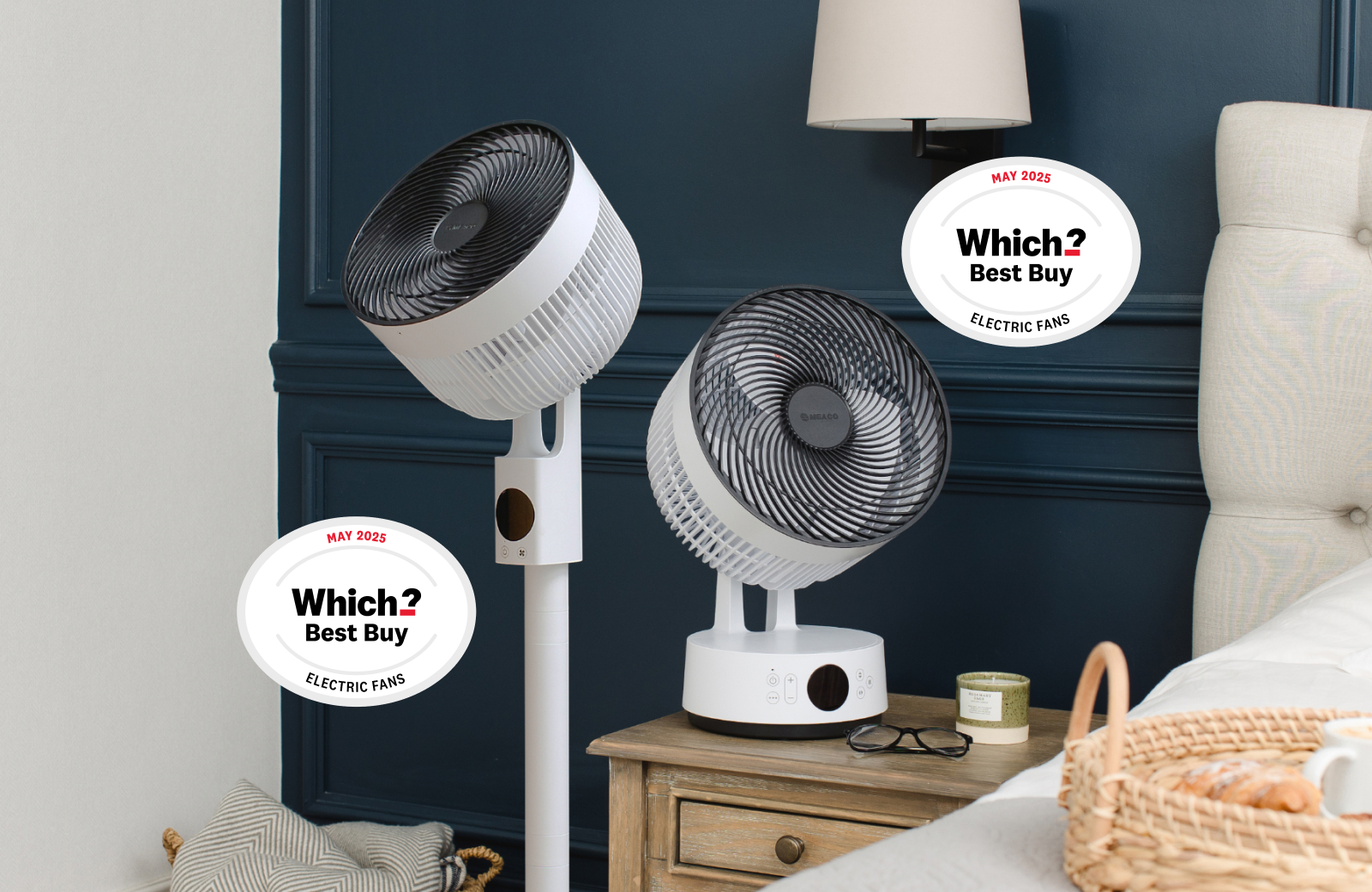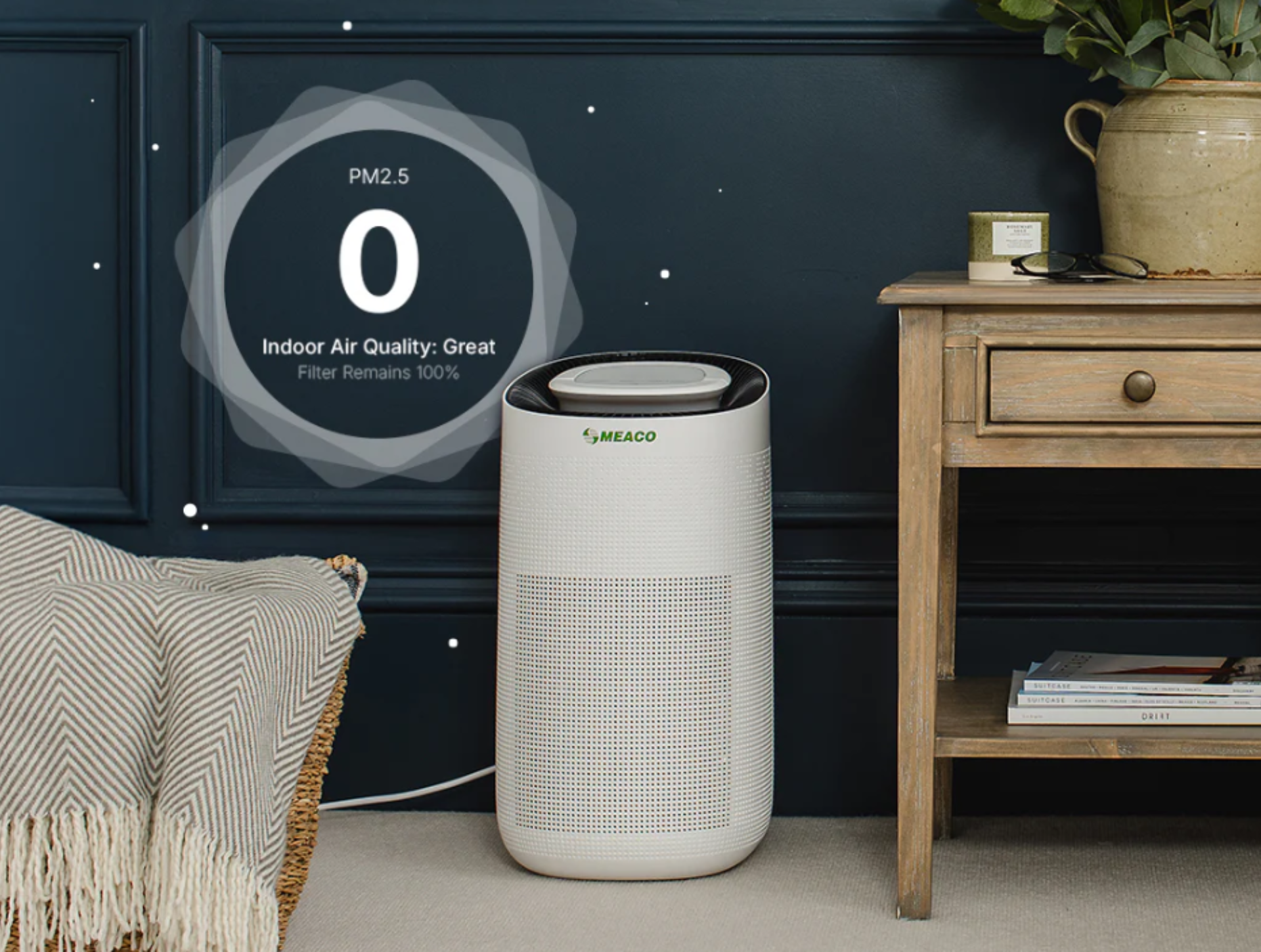There’s often a common theme between tenants and landlords – that damp problems exist in the property and the landlord needs to do something about it. Condensation and damp can cause real problems, including mould, damage to furniture and clothes and health problems. There is often conflict about who is responsible for the problem – and for sorting it out. Tenants believe that landlords should provide dehumidifiers to help, or look at the fundamental causes. Landlords often say there’s nothing they can do and it’s the tenants’ fault for drying washing indoors or not opening windows.
What should the landlord be responsible for in terms of condensation, damp or mould?
This is often a bit vague, but the landlord is responsible for maintaining the property in good condition. Indeed, if they haven’t done this, they may find that they have trouble with claiming on buildings insurance policies if large remedial work is needed. Elements that the landlord could be responsible for include:
- Windows – single-glazed or poorly fitting double-glazed windows can exacerbate condensation and mould problems. That’s because they let in a draught that makes the room cold – moisture in the warmer air condenses when it meets the cold air and creates condensation. This in turn can develop into mould on the window frames, on the walls and on anything that touches the walls – including curtains and other soft furnishings.
- Extractor fans – these are advisable in bathrooms and kitchens to help remove moisture from the air during activities like showering, bathing and cooking. Kitchens are often better served, as most landlords put extractor hoods over the cooking area. Bathrooms tend to be a bit more hit and miss – but with a family of four showering every day, for example, they can be a big source of additional moisture in the air.
- Better ventilation – whilst tenants can always (or should be able to) open windows properly to air the property, landlords should make sure that the ventilation built into the home is working adequately. This includes ventilation bricks and any roof ventilation.
- Providing good appliances – landlords can avoid some potential condensation problems if they equip the property better. Having a tumble drier that drains the water out of the property will help to prevent tenants drying washing on a drying rack indoors during the winter – a major cause of condensation in lots of properties.
What are the tenant’s responsibilities for reducing condensation?
The tenant does have some responsibility here. Regardless of what the landlord has or hasn’t supplied, it’s a good idea to try and reduce the moisture going into the air wherever possible. So opening windows during showering or cooking times will help some of that moisture to escape. Putting lids on pans when cooking immediately reduces the moisture in the air. Keeping furnishings away from areas that are troublesome will help to prevent damage to personal property. Cleaning regularly will help to keep mould away.
But the biggest thing that will make a difference to both parties is to try and find a way to work together to help make things better.
So, should your landlord provide a dehumidifier?
There’s no doubt that putting a dehumidifier into a property that has damp, condensation or mould problems will make a big difference. It’s simple: the problem is that there’s too much moisture in the air. That moisture – for whatever reason – is resulting in condensation, damp problems, health problems and stress. The quickest solution to that problem is to reduce the excess moisture in the air – and that’s what a dehumidifier does.
Benefits for the landlord
For the landlord, putting a dehumidifier into a property will immediately start to reduce the moisture, giving the tenant some comfort and showing that the landlord is taking steps to help. While the dehumidifier is doing its work on a day-to-day basis, the landlord can investigate any underlying problems and decide what remedial work to undertake.
Benefits for the tenant
Using a dehumidifier makes an immediate difference to life in a home with condensation and damp. Not only is the air drier, which reduces the instances of condensation and also helps to save money on heating. That’s because when there is excess moisture in the air, the heating is trying to heat the moisture too, so takes longer and works harder. Using a dehumidifier costs very little and reduces heating bills.
Providing a dehumidifier – landlords and tenants can work together
If there is a structural fault or a lack of ventilation then using a dehumidifier will reduce any increase in the room’s relative humidity caused by day-to-day living issues whilst the tenants waits for repairs to be done. In a lot of cases it solves the problem within days and everyone is much happier.
There is a question of who pays for the dehumidifier but at £159.99 for a suitable model like the Meaco DD8L , a dehumidifier is an excellent investment. For a landlord, the dehumidifier can be moved from one property to another, so once the problems are solved in the original property, the dehumidifier can be used wherever there are other condensation, damp or mould issues.
The problem is that there is often a lack of understanding amongst both tenants and landlords about these issues and they tend to look for more complicated solutions rather than just keeping it simple.
Highlighting the ‘condensation divide’ between landlord and tenant
Damp has ruined everything, says housing association tenant – News Shopper
This news story highlights the divide, not in the story itself but in the comments sections. You can spot which comment is from a landlord and which is from a tenant. In essence they are both right to a certain extent but they are both missing the point. Why should the tenant open the windows to clear the condensation when it is -5°C outside? The knock effect will be an increase in fuel bills and a cold draught. Why did the landlord not provide a tumble dryer or a washer dryer in the first place?
Condensation on walls does tell us that the situation is very bad but does not necessarily mean that there is a structural issue: it could just be that the outside air is very cold, the walls have little or no insulation and the level of moisture inside is high. Cavity wall insulation would help but the internal level of moisture stills needs to be reduced. The tenant has to look at what they are producing and take ownership of the moisture that they produce each day. It could be that the problem only occurs during freak weather conditions below -10°C, if that is the case is it worth treating at all because how often will those conditions happen in the UK?
Whether you are a landlord or a tenant, you can take a look at our award-winning range of home dehumidifiers, or contact us on 01483 234900 for more information and advice.
Products featured: dehumidifiers, Meaco DD8L








2 responses
In a 3 bedroom 2 storey semi-detached, how many dehumidifier is required and where should they be installed?
Mr Cheuk,
Thank you for your enquiry. For a 3-bedroom, 2-storey semi-detached home, a single dehumidifier can be effective, but the size of the unit you choose depends on how quickly and efficiently you’d like to reduce the humidity levels.
12L unit: For a more moderate approach, a 12L dehumidifier should work well in a central location, such as a hallway or landing. This size will effectively reduce humidity in a smaller space and can be moved between rooms as needed.
20L unit: If you’re looking for faster and more powerful results, especially in a larger or more humid environment, a 20L unit would be a more effective choice. This will handle larger spaces more efficiently and can help dry clothes faster if needed.
If you’d like to target specific rooms more effectively, you could place one dehumidifier on each floor for optimal results. Just make sure to keep doors open to help circulate the air throughout the house.
I hope that helps,
Omar@Meaco.